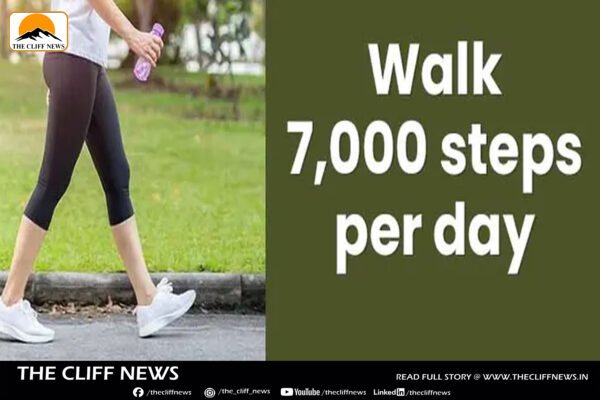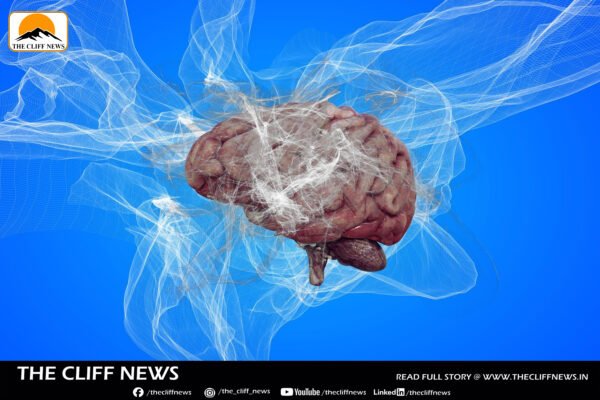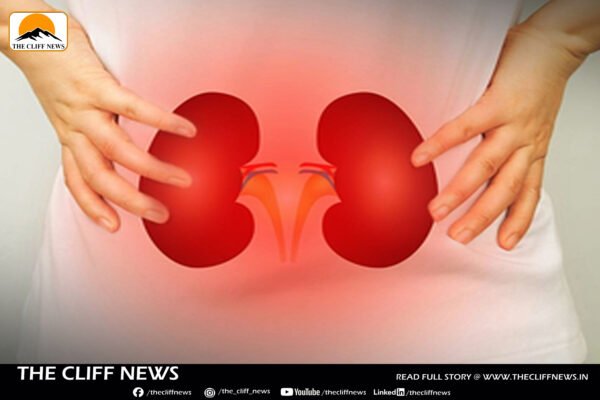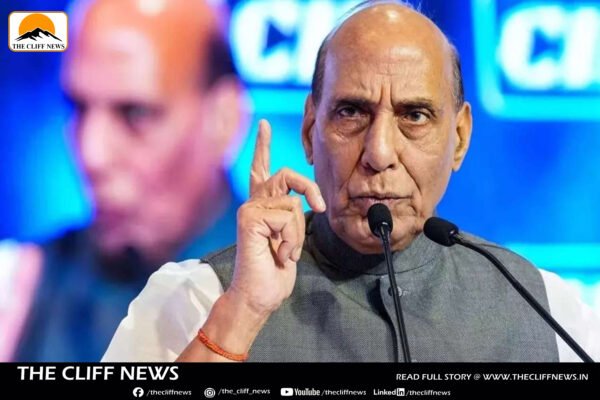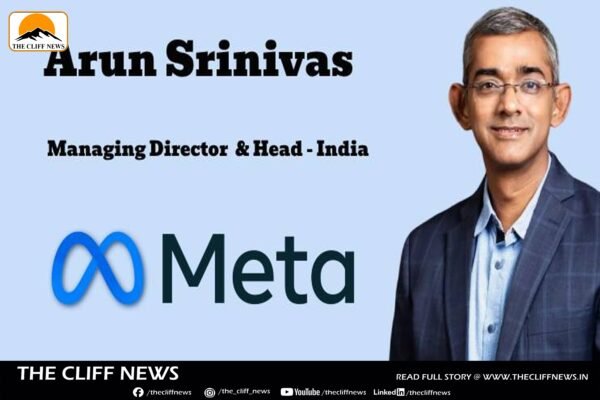Businessman Amit Thepade Arrested by ED in ₹117-Crore Canara Bank Fraud Case
The Enforcement Directorate (ED) has arrested businessman Amit Thepade in connection with a money-laundering probe linked to an alleged ₹117.06-crore fraud in Canara Bank. Officials said Thepade defrauded the public sector bank by availing loans against properties that had either already been sold or were double-mortgaged. The loans, taken through two of his firms, were allegedly diverted for personal use. Arrest in Mumbai Hotel According to the ED, Thepade had been evading authorities for several months before being tracked down at a five-star hotel in South Mumbai, where he had been staying for nearly two months. During searches at the premises, the agency seized ₹9.5 lakh in cash, gold, diamond jewellery and bullion worth ₹2.33 crore, two vehicles, and digital devices suspected to hold crucial evidence. More than 50 bank accounts were also frozen. Court Custody and Probe Details A city special court has remanded Thepade to ED custody for five days. Officials said financial documents recovered in the searches are being examined for their evidentiary value. The investigation stems from two CBI cases registered in December 2022 against Thepade’s companies — Galaxy Constructions and Contractors Pvt Ltd and Mitsom Enterprises Pvt Ltd. Both firms allegedly obtained credit facilities from Canara Bank by mortgaging immovable assets fraudulently. Modus Operandi “ED investigation revealed that the accused had conspired to defraud the bank by mortgaging properties that had already been sold, or by double-mortgaging the same assets to secure loans. The funds were then siphoned off for personal use,” an official said. The agency further alleged that Thepade played a pivotal role in creating a complex financial network to circulate and disguise the illicit funds, attempting to pass them off as legitimate assets. His arrest followed extensive surveillance and forensic financial analysis, which traced multiple suspicious transactions aimed at concealing the origin of the loan money.



